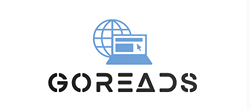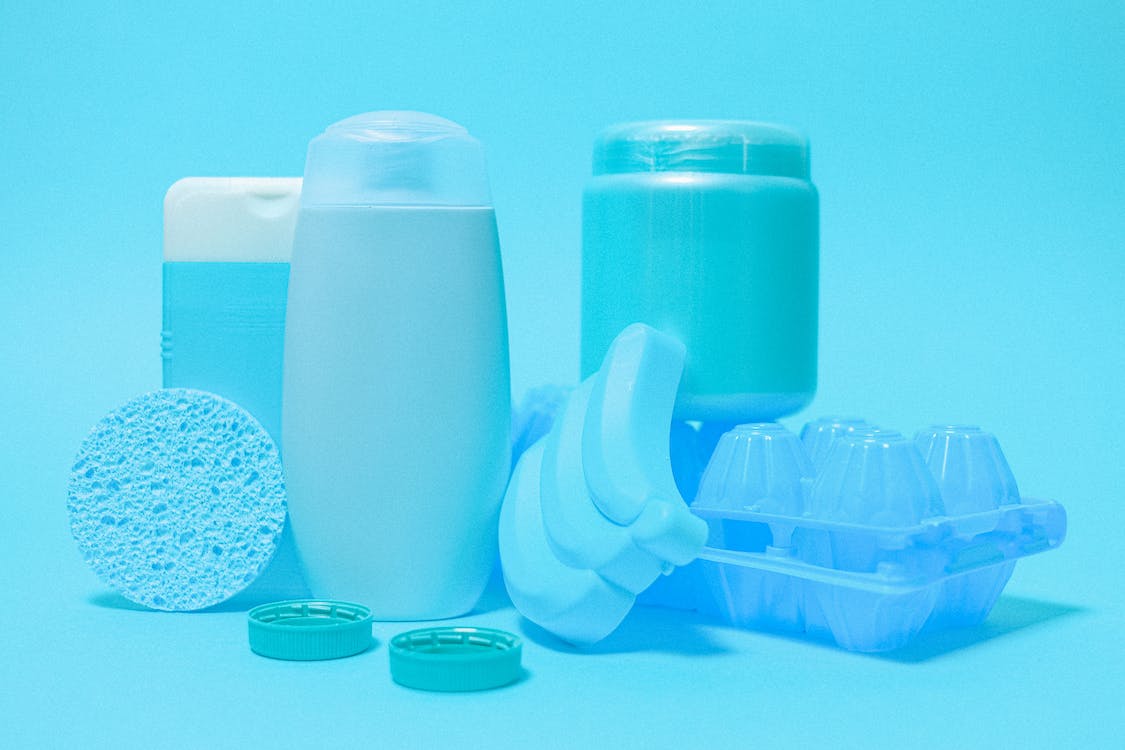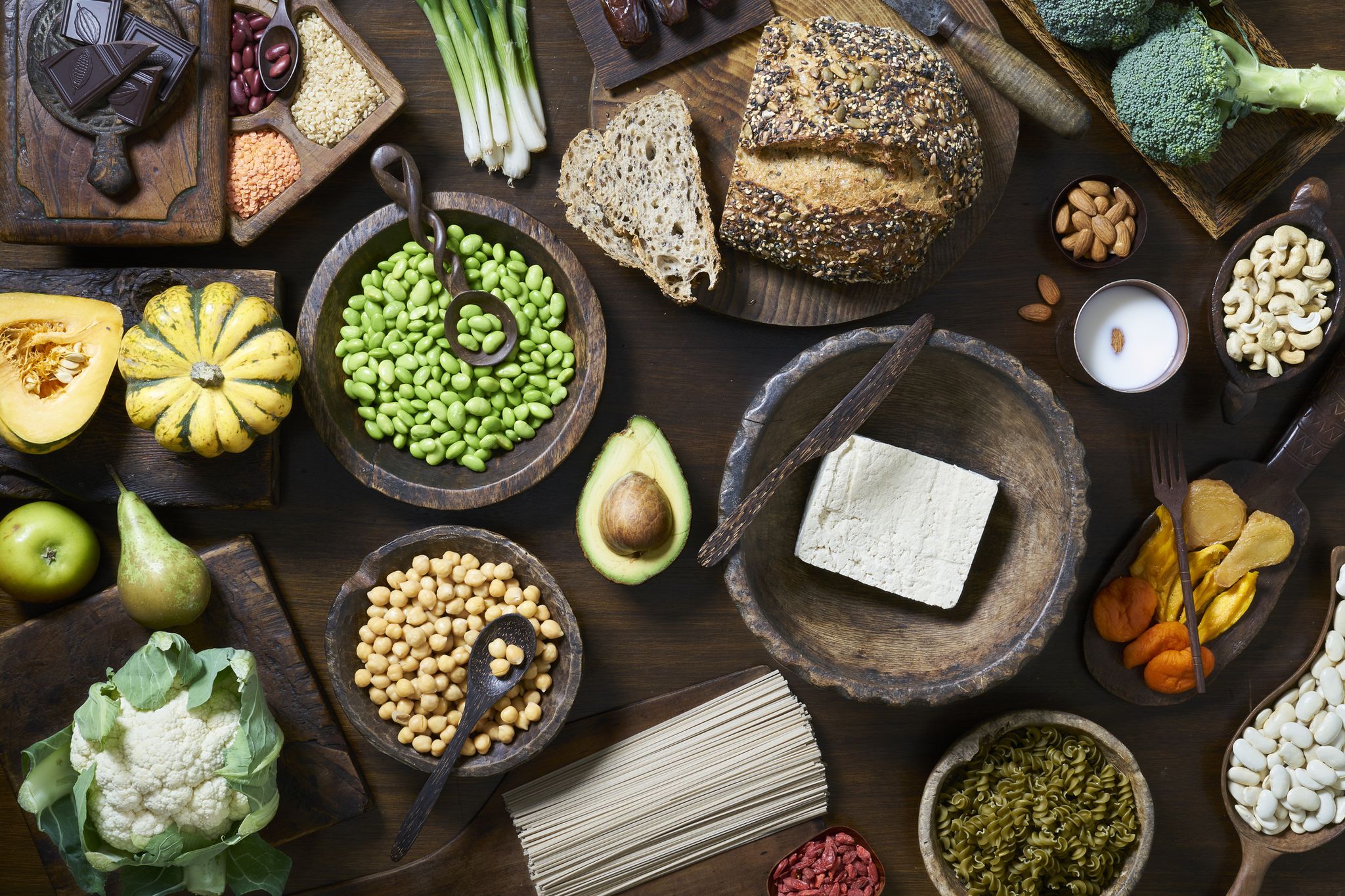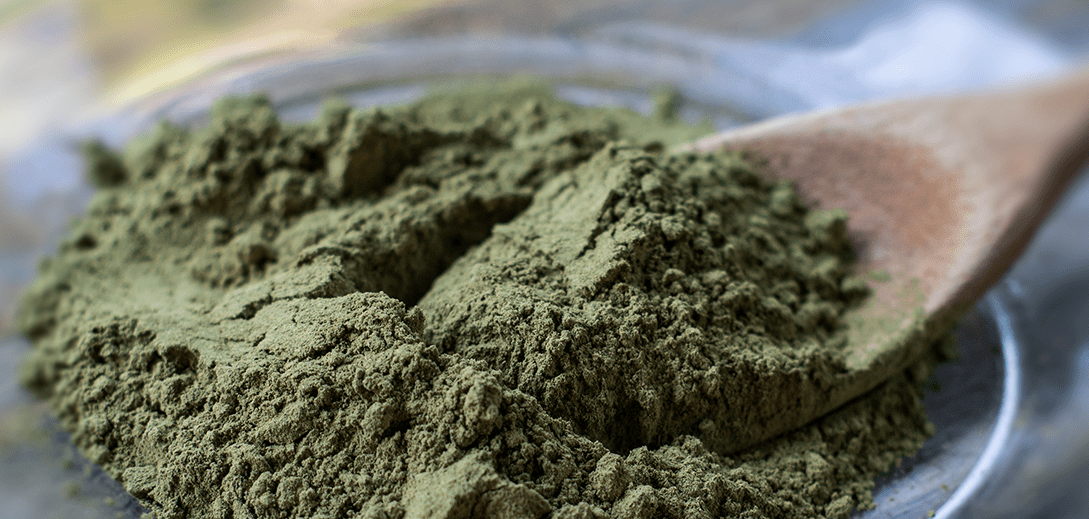Establishing a unique brand identity is a multifaceted endeavor, given the digitally driven world today. And one of the crucial elements that brands can work on is packaging. Packaging, often considered the silent ambassador of a product, is pivotal in conveying a brand’s message. It encompasses the design, materials, and presentation of a product while acting as its protective barrier.
When it comes to a Millennial audience (those born between 1981 and 1996), packaging takes on a unique significance. Since they grew up in the digital age, they’re highly visually oriented. They appreciate packaging that tells a compelling story, one that shares a brand’s journey, values, and social impact. Additionally, eco-friendly and functional packaging can appeal to this generation.
Currently, Millennials represent a significant portion of the consumer market, emphasizing the need to create packaging that appeals to this generation. Read below to learn how you can do so.
Differentiating Your Brand Through Packaging
In a market saturated with choices, it’s essential to build a brand identity that’s unique enough to stand out. Packaging provides a powerful avenue for differentiation, and here’s why it matters.
- Capturing attention – In a saturated market, you’ll often vie for the attention of your Millennial audience with many others, and packaging is your chance to grab their focus quickly. Bold, eye-catching designs and innovative packaging formats can make a lasting impression.
- Conveying values – Packaging allows you to showcase your brand’s values and commitment to social and environmental causes. Transparent and authentic messaging can build trust with Millennials.
- Cultivating loyalty – Consistency in packaging design and quality fosters brand loyalty. Millennials are more likely to become repeat customers if they associate your brand with a positive and memorable packaging experience.
Millennial-Friendly Packaging: 12 Creative Tips for Businesses
Packaging shouldn’t just resonate with Millennials. But it should also strengthen your brand identity that, ultimately drives engagement and promotes long-term customer loyalty. Consider these tips to leverage your packaging and accommodate the preferences of the Millennial generation.
1. Prioritize sustainability
Millennials are environmentally conscious. So, consider using eco-friendly materials for your packaging. Opt for recyclable, biodegradable, or reusable packaging whenever possible. A great example is the clothing brand Patagonia, which uses recycled materials and encourages customers to return worn items for recycling.
2. Practice storytelling through design
Use your packaging as a canvas to tell your brand’s story. Incorporate graphics, illustrations, and text that communicate your mission and values as well as the journey of your products. Take the craft beer company BrewDog, for example. They use packaging to share the story of each beer’s unique ingredients and brewing process.
3. Stay authentic
Be transparent about your product’s sourcing, production processes, and ethical practices on your packaging. Remember, Millennials value authenticity—and honest messaging builds trust.
Brands like TOMS shoes include information on their One for One program directly on their shoeboxes, highlighting their commitment to giving back. With this, consumers are more likely to purchase, knowing that their transaction will have a positive impact on society. In effect, their audience sees TOMS shoes in a positive light.
4. Craft interactive elements
Create packaging that engages and interacts with your consumer. Consider featuring QR codes that lead to exclusive content, puzzles, or games. For example, Coca-Cola’s “Share a Coke” campaign features personalized labels with common names, encouraging customers to find and share their unique bottles on social media.
5. Try a minimalist design
While storytelling is essential, Millennials also appreciate minimalist and clean packaging design. Striking a balance between information and aesthetics is key in this regard. Apple is a prime example of minimalist packaging, which aligns with its brand identity.
6. Make it convenient and functional
Ensure that your packaging is user-friendly. You can make it easy-to-open, resealable, or portion-controlled to enhance the overall packaging experience. For instance, the snack brand KIND uses transparent, resealable packaging that allows customers to see the product and reseal it for later consumption.
7. Try to personalize
Consider offering customizable packaging options. Millennials appreciate personalization, so letting them choose colors, designs, or messages on the packaging can create a strong emotional connection. Customization is also a great feature your consumers can use for gift-giving.
One example of this is Nike’s NIKEiD, which allows customers to design their sneakers and the box it comes with.
8. Incorporate QR codes and augmented reality (AR)
Utilize technology to enhance the packaging experience. Consider incorporating QR codes that lead to product information, how-to videos, or immersive AR experiences, which will be especially valuable for clean, minimalist packaging.
9. Produce limited editions and collectibles
Create a sense of urgency and excitement by releasing limited edition or collectible packaging. Brands like Starbucks often release seasonal or location-specific mugs and packaging, which encourages customers to collect and share them on social media.
10. Play with the sensory system
Engage multiple senses with your packaging. Use tactile elements, unique textures, or scented packaging that complements your product. For instance, luxury perfume brands sometimes use embossed textures and high-quality materials for their packaging, enhancing the sensory experience.
Another example is Burt’s Bees’ unique, honeycomb-like texture on their lip balm packaging. When customers pick up the product, they can feel the texture, which evokes a sense of natural authenticity and quality. Also, many Bath & Body Works products, like candles and body lotions, come in scented packaging. Upon opening the packaging, the product’s fragrance greets the customer immediately.
11. Integrate social media
Design packaging that encourages customers to share their experience on social media. Include hashtags or prompts for user-generated content. Shareable packaging like that of Glossier—a cosmetics brand—often features simple yet aesthetically pleasing designs that customers love to showcase online. Furthermore, this tactic is an excellent way to create noise online.
12. Observe inclusivity
Ensure your packaging is accessible and inclusive. Use clear, readable fonts, and consider incorporating Braille or multiple languages when applicable. IKEA is a well-known example of this with their universal instruction manuals that use simple visuals, making them accessible to a diverse range of customers.
The Power of Packaging
Packaging isn’t just a container; it’s a powerful tool to build a brand identity that conveys your personality and meets the preferences of your consumers. From sustainability and storytelling to convenience and enhanced experience, it’s essential to align every aspect of packaging with your brand’s values and the expectations of your target audience.
By doing so, you can make a strong impression and create lasting connections with the influential demographic of Millennials, ensuring your brand’s continued success in the ever-evolving market.



